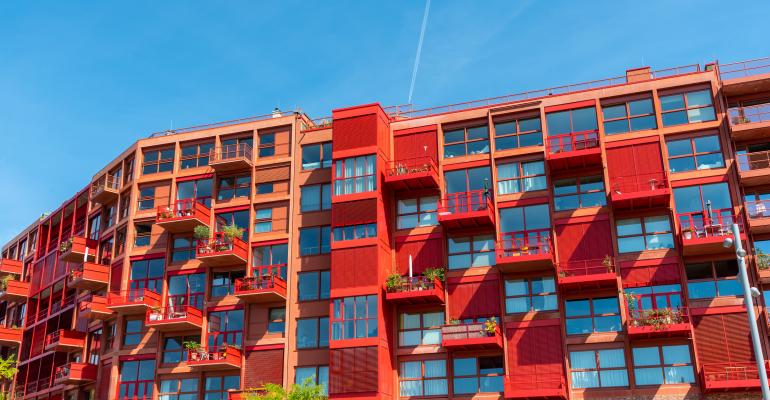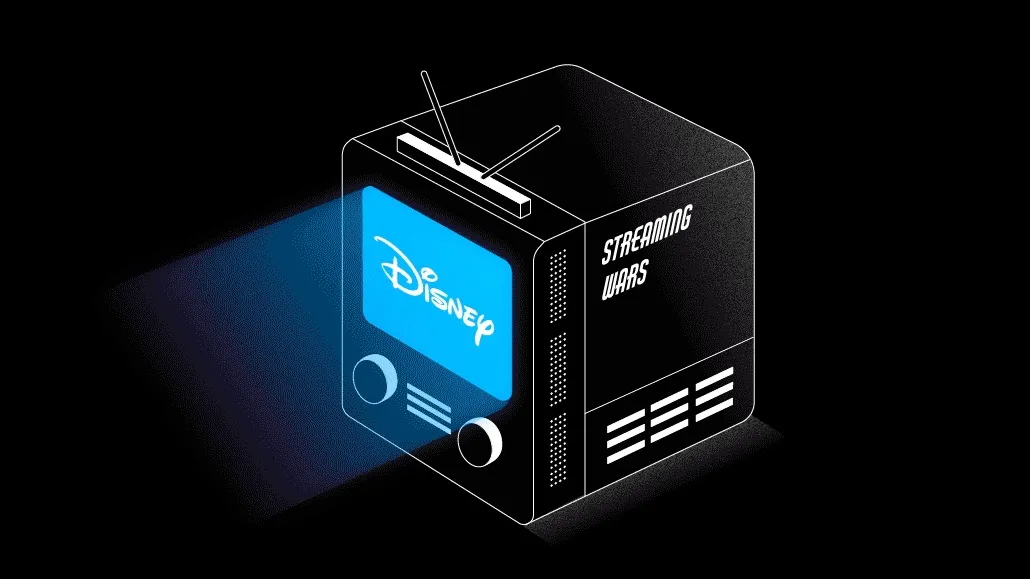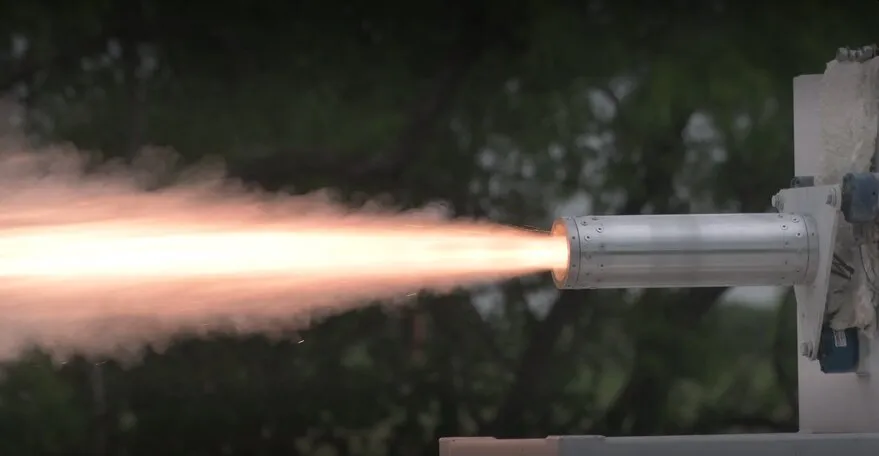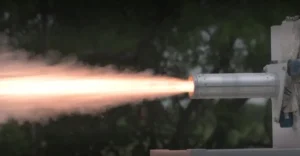By Lisa Brown
Confidence in new multifamily housing increased in the third quarter, according to results from the National Association of Home Builders’ Multifamily Market Survey. The survey produces two separate indices: the Multifamily Production Index/MPI and the Multifamily Vacancy Index/MVI.
Historically, the MPI and MVI have performed well as leading indicators of US Census figures for multifamily starts and vacancy rates, providing information on likely movement in the Census figures one to three quarters in advance. However, the pandemic and subsequent economic downturn have added obstacles at least for the near future, says Barry Kahn, president of Hettig-Kahn Holdings in Houston and chairman of NAHB’s Multifamily Council.
“Sentiment regarding the multifamily housing market has risen from recent lows, but there are persistent headwinds and ongoing uncertainty,” he says. “Nevertheless, lenders see multifamily performing better than most other forms of commercial real estate.”
MPI increased 11 points to 48 compared to the previous quarter, and MVI decreased 18 points to 44, with smaller numbers indicating fewer vacancies.
The MPI measures builder and developer sentiment about current conditions in the apartment and condo market on a scale of 0 to 100. The index and all of its components are scaled so that a number below 50 indicates that more respondents report conditions are getting worse than report conditions are improving.
The MPI is a weighted average of three key elements of the multifamily housing market: construction of low-rent units that are supported by low-income tax credits or other government subsidy programs, market-rate rental units that are built to be rented at the price the market will hold and for-sale units, i.e. condominiums, all of which posted increases in the third quarter. The component measuring low-rent units rose four points to 46, the component measuring market rate rental units jumped 19 points to 53 and the component measuring for-sale units posted an 11-point gain to 46.
The MVI measures the multifamily housing industry’s perception of vacancies in existing apartments. It is a weighted average of current occupancy indexes for class-A, -B and -C multifamily units, and can vary from 0 to 100. That is, a number under 50 indicates more property managers believe vacancies are decreasing rather than increasing. With a reading of 44, the MVI improved from previous quarter’s index high of 62.
“The third quarter survey results and NAHB’s forecast suggest a rising share of multifamily construction in less dense areas of the nation in need of rental housing,” said NAHB chief economist Robert Dietz. “However, material availability is a near-term concern, with the potential for rising regulatory risk in 2021.”
Overall, a multitude of multifamily investors continue to be bullish on the long-term fundamentals of this asset class. The housing shortage and affordability issues are among the reasons to have a positive outlook, says CGI Strategies.
Following that positive trajectory, CGI plans to acquire $500 million in multifamily product in the next 12 months, and it has a longer-term goal of increasing its assets under management to $1 billion to $5 billion in the next five years.
SOURCE: Globe St.












